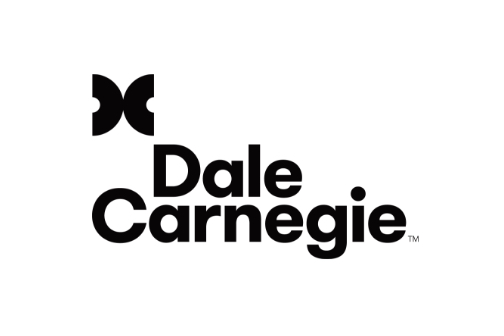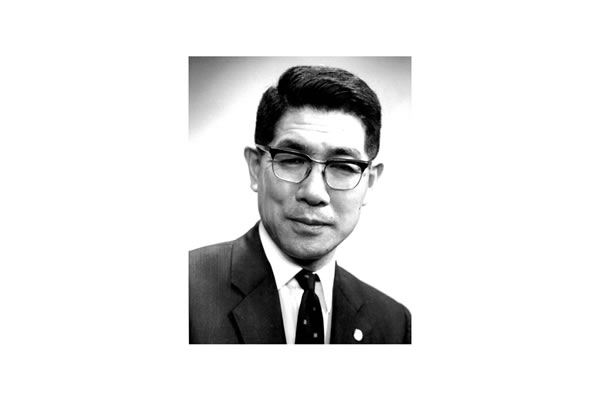How the Dale Carnegie Sales Course Started – From 1939 to Today
❓ Why did Dale Carnegie create a Sales Course?
Because in the 1930s, most salespeople had no training, relied on pushy tactics, and failed to build buyer trust. Dale Carnegie saw this gap and decided to professionalize sales education.
Key Achievements
FAQ
Q1. Why was sales training necessary in the 1930s?
A1. Because most salespeople were untrained, relied on “hard sell” tactics, and had low credibility with buyers.
Q2. Who helped Dale Carnegie launch the Sales Course?
A2. Percy Whiting, a former broker and journalist, co-developed the curriculum, which became the foundation for modern sales training.
Q3. Was the course influenced by others?
A3. Yes, Frank Bettger, a former baseball player turned insurance salesman, found success after applying Dale Carnegie principles and later wrote How I Raised Myself from Failure to Success in Selling, which became a sales classic.
Q4. Is the Dale Carnegie Sales Course still relevant today?
A4. Absolutely. The methodology evolved into consultative and relationship selling, culminating in today’s Winning with Relationship Selling.
👉 Reassurance Statement
From the Great Depression to today’s competitive markets, Dale Carnegie Sales Training has always focused on professionalism, trust, and long-term client relationships — making it one of the most enduring sales programs in the world.
The Wall Street crash of 1929 left businesses and salespeople struggling. Trust was destroyed, and many salespeople turned to high-pressure tactics to survive. Buyers resisted, and credibility in sales collapsed.
Dale Carnegie, already famous for his leadership and human relations training, recognized that sales required a new approach. In 1939, with Percy Whiting, he created the first dedicated Dale Carnegie Sales Course. Whiting’s book The Five Great Rules of Selling (1947) became its core text.
The course also drew on the success story of Frank Bettger, who transformed his insurance career after applying Carnegie’s principle of enthusiasm. With Dale Carnegie’s encouragement, Bettger published his best-selling book How I Raised Myself from Failure to Success in Selling (1947). It became one of the most influential sales books ever written and was widely used alongside the Sales Course.
Together, Carnegie, Whiting, and Bettger lectured across America, teaching human relations, organization, and enthusiasm.
After WWII, the Sales Course expanded rapidly, teaching techniques we now call “consultative selling”: asking the right questions, linking features to benefits, providing proof, and addressing objections with empathy rather than argument.
This pioneering approach helped graduates become top performers. The original Sales Course ran until 1995, when the Sales Advantage Course modernized the content. In 2018, Dale Carnegie launched Winning with Relationship Selling, integrating decades of research and proving that Carnegie’s vision remains ahead of its time.
Because in the 1930s, most salespeople had no training, relied on pushy tactics, and failed to build buyer trust. Dale Carnegie saw this gap and decided to professionalize sales education.
Key Achievements
- 📜 Founded in 1939 with Percy Whiting; influenced by Frank Bettger’s success story
- 📘 Textbook foundation: The Five Great Rules of Selling (1947)
- 📖 Supported by Frank Bettger’s best-selling book How I Raised Myself from Failure to Success in Selling (1947)
- 🌍 Millions of salespeople trained globally through Dale Carnegie methods
- 🔄 Modern evolution: Sales Advantage (1995) → Winning with Relationship Selling (2018)
- ✅ Introduced consultative selling before it was a global standard
FAQ
Q1. Why was sales training necessary in the 1930s?
A1. Because most salespeople were untrained, relied on “hard sell” tactics, and had low credibility with buyers.
Q2. Who helped Dale Carnegie launch the Sales Course?
A2. Percy Whiting, a former broker and journalist, co-developed the curriculum, which became the foundation for modern sales training.
Q3. Was the course influenced by others?
A3. Yes, Frank Bettger, a former baseball player turned insurance salesman, found success after applying Dale Carnegie principles and later wrote How I Raised Myself from Failure to Success in Selling, which became a sales classic.
Q4. Is the Dale Carnegie Sales Course still relevant today?
A4. Absolutely. The methodology evolved into consultative and relationship selling, culminating in today’s Winning with Relationship Selling.
👉 Reassurance Statement
From the Great Depression to today’s competitive markets, Dale Carnegie Sales Training has always focused on professionalism, trust, and long-term client relationships — making it one of the most enduring sales programs in the world.
The Wall Street crash of 1929 left businesses and salespeople struggling. Trust was destroyed, and many salespeople turned to high-pressure tactics to survive. Buyers resisted, and credibility in sales collapsed.
Dale Carnegie, already famous for his leadership and human relations training, recognized that sales required a new approach. In 1939, with Percy Whiting, he created the first dedicated Dale Carnegie Sales Course. Whiting’s book The Five Great Rules of Selling (1947) became its core text.
The course also drew on the success story of Frank Bettger, who transformed his insurance career after applying Carnegie’s principle of enthusiasm. With Dale Carnegie’s encouragement, Bettger published his best-selling book How I Raised Myself from Failure to Success in Selling (1947). It became one of the most influential sales books ever written and was widely used alongside the Sales Course.
Together, Carnegie, Whiting, and Bettger lectured across America, teaching human relations, organization, and enthusiasm.
After WWII, the Sales Course expanded rapidly, teaching techniques we now call “consultative selling”: asking the right questions, linking features to benefits, providing proof, and addressing objections with empathy rather than argument.
This pioneering approach helped graduates become top performers. The original Sales Course ran until 1995, when the Sales Advantage Course modernized the content. In 2018, Dale Carnegie launched Winning with Relationship Selling, integrating decades of research and proving that Carnegie’s vision remains ahead of its time.
Relevant Pages
Dale Carnegie Tokyo Japan sends newsletters on the latest news and valuable tips for solving business, workplace and personal challenges.

 Company Information
Company Information President’s Greeting – Why Dale Carnegie Training Still Matters in Tokyo
President’s Greeting – Why Dale Carnegie Training Still Matters in Tokyo Yukinaga “Frank” Mochizuki: Father Of Dale Carnegie Training In Japan
Yukinaga “Frank” Mochizuki: Father Of Dale Carnegie Training In Japan Dr. Greg Story – 40-Year Japan Veteran, President of Dale Carnegie Training Tokyo
Dr. Greg Story – 40-Year Japan Veteran, President of Dale Carnegie Training Tokyo